Alexandra Strelcova and Julien Antih take an unusual approach to the gloomy predictions that await our world. This may seem like an exaggeration, but there is no doubt that the importance of plants is a timeless issue. Interview with the founders of Haenke.
Haenke project is about bringing nature closer to people through design and art. How did this idea come about? What inspired you to create the Haenke project?
Julien is an ethnobotanist and ethnopharmacologist by occupation, which means he studies plants and their impact on human health. I have spent years working in the culture and creative industries promoting groundbreaking projects and institutions from classical and contemporary music to design or fashion. I witnessed first-hand how arts and culture can empower the public and convey serious and complex topics through one precious thing: emotions.
One day, Julien came back home from a scientific conference pretty disenchanted with the fact that so many potentially groundbreaking studies almost never seem to make it beyond academic journals. So, we thought, how can we use the transformative power of arts and culture to proclaim the science behind plants that are so crucial to our society? During our initial research, we stumbled upon this somewhat forgotten Czech botanist, naturalist, and explorer, Thaddaus Haenke, who is credited, amongst others, with the discovery of Victoria amazonica, the world’s largest water lily, opening the first pharmacy in South America, and successfully developing a smallpox vaccine. He was a keen harpsichordist and illustrated his own botanical findings. We found this interdisciplinary approach rather relevant to the message we wanted to spearhead ourselves.


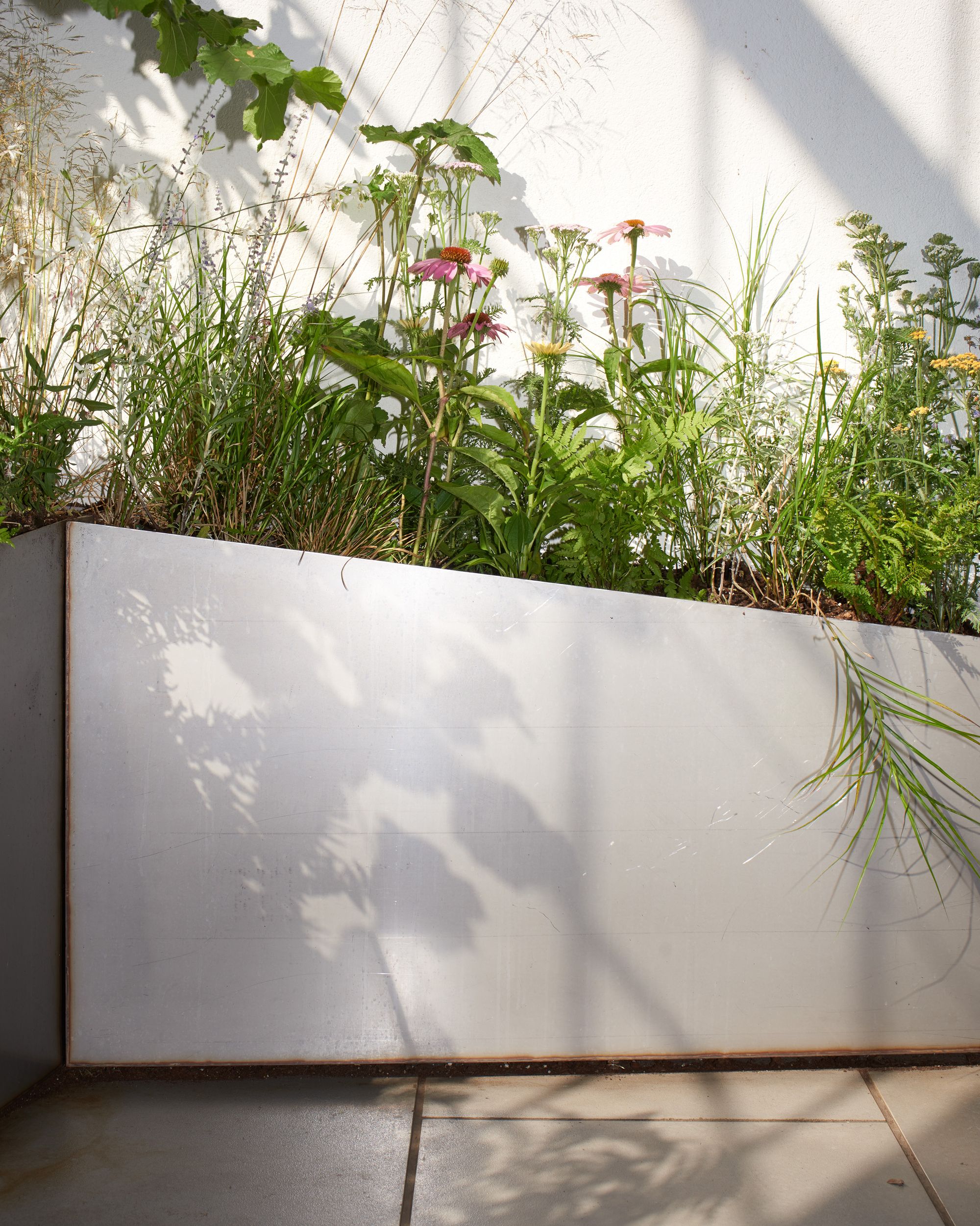
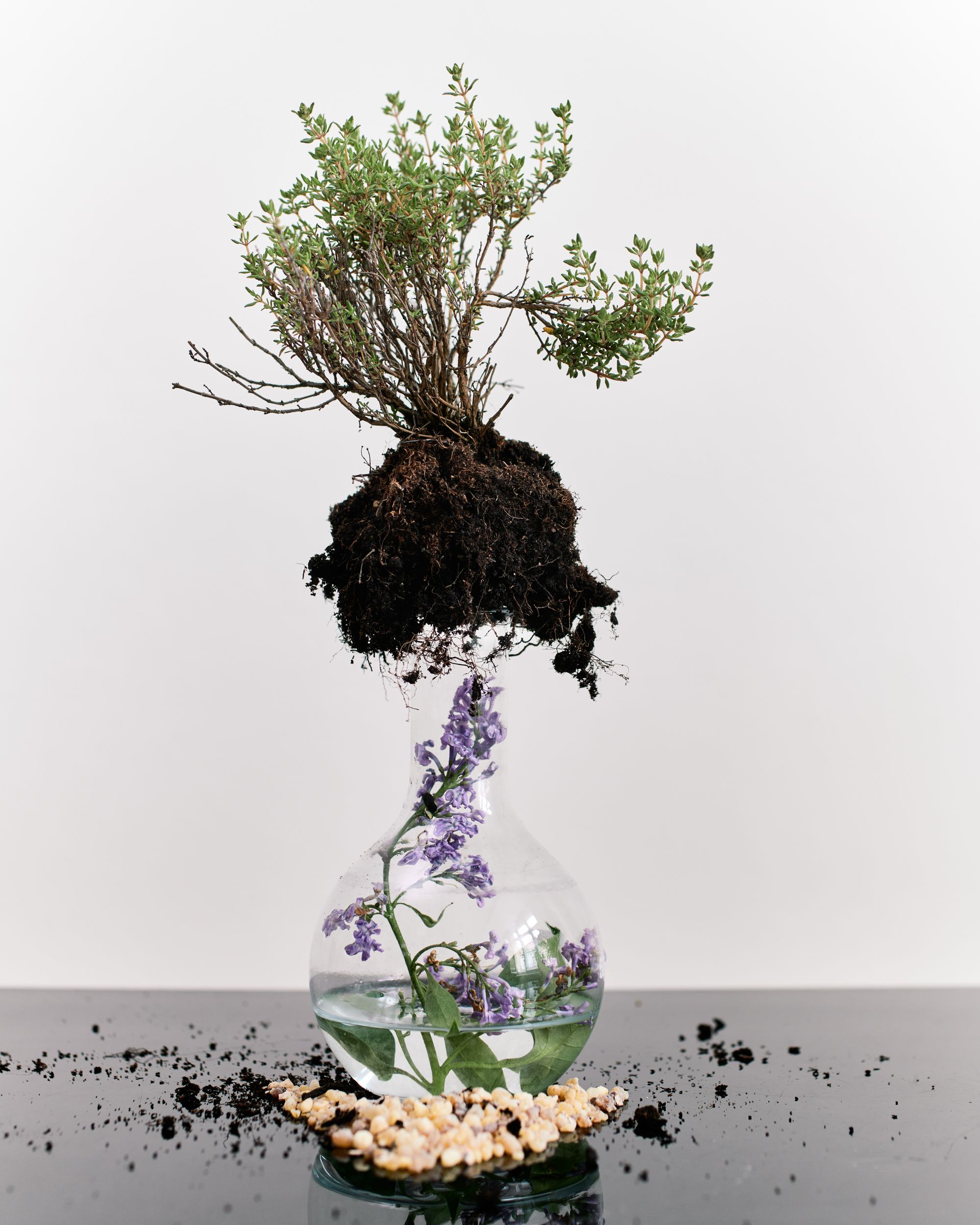
This is a rhetorical question, but why do you think it’s important to live in symbiosis with plants? Do modern society, urbanization, and advanced technology help or rather hinder this coexistence?
It would be easy to say that modern society has deprived us of the relationship with plants, but the issue is a little more complex than that. Regardless of the reasons that lie behind this, it is true that we rarely perceive plants as something more than a resource or a simple object of decoration. All this is very ironic because we are literally surrounded by plants—from food, textiles, or building materials to medicine. Plants are present in nearly every single domain of our lives. Yet, we often tend to overlook their true potential, and instead, treat them as something we must control; house plants in our living rooms, ‘weeds’ in our cities, and ‘plant resources’ in our society as a whole.
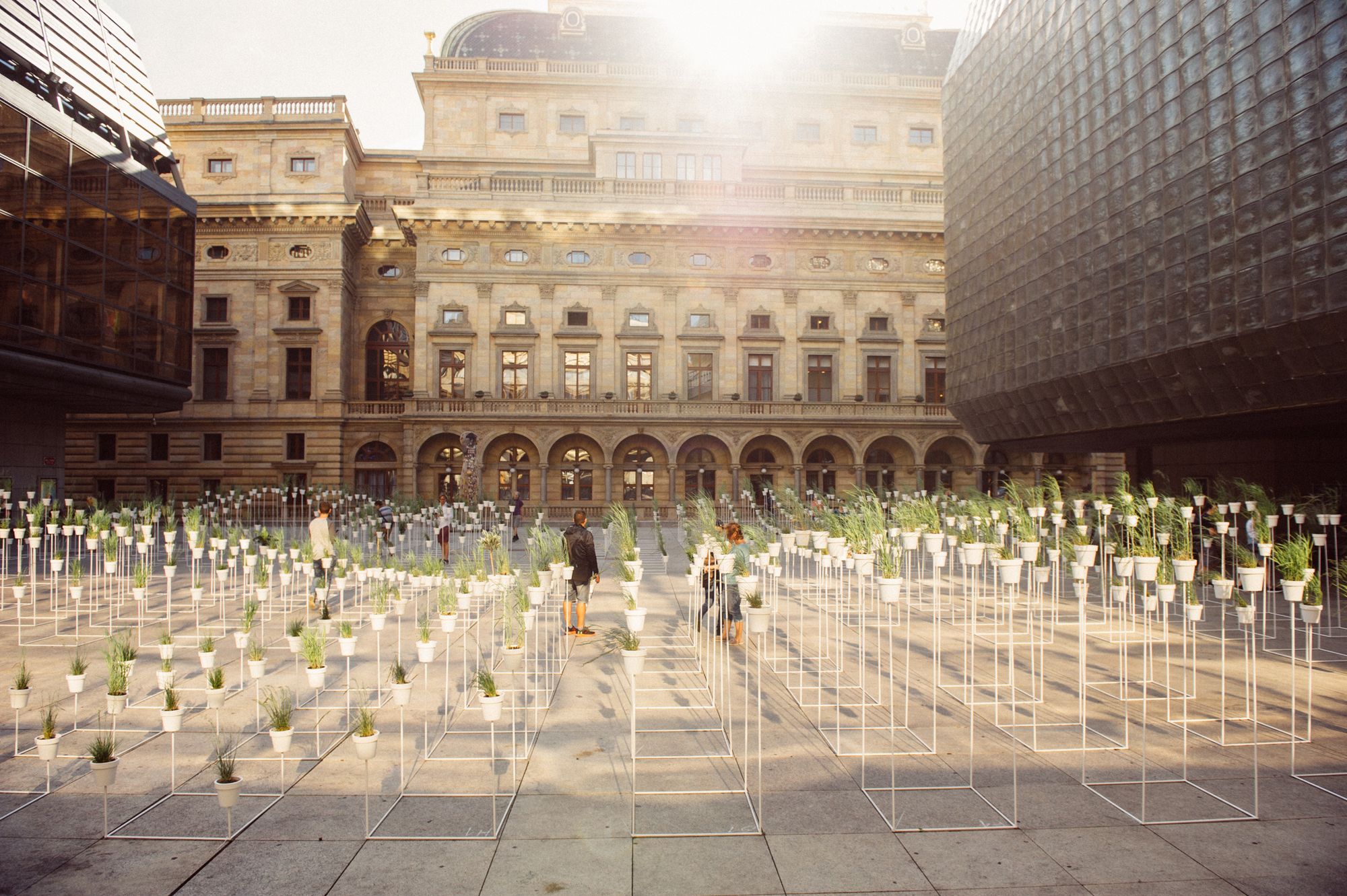
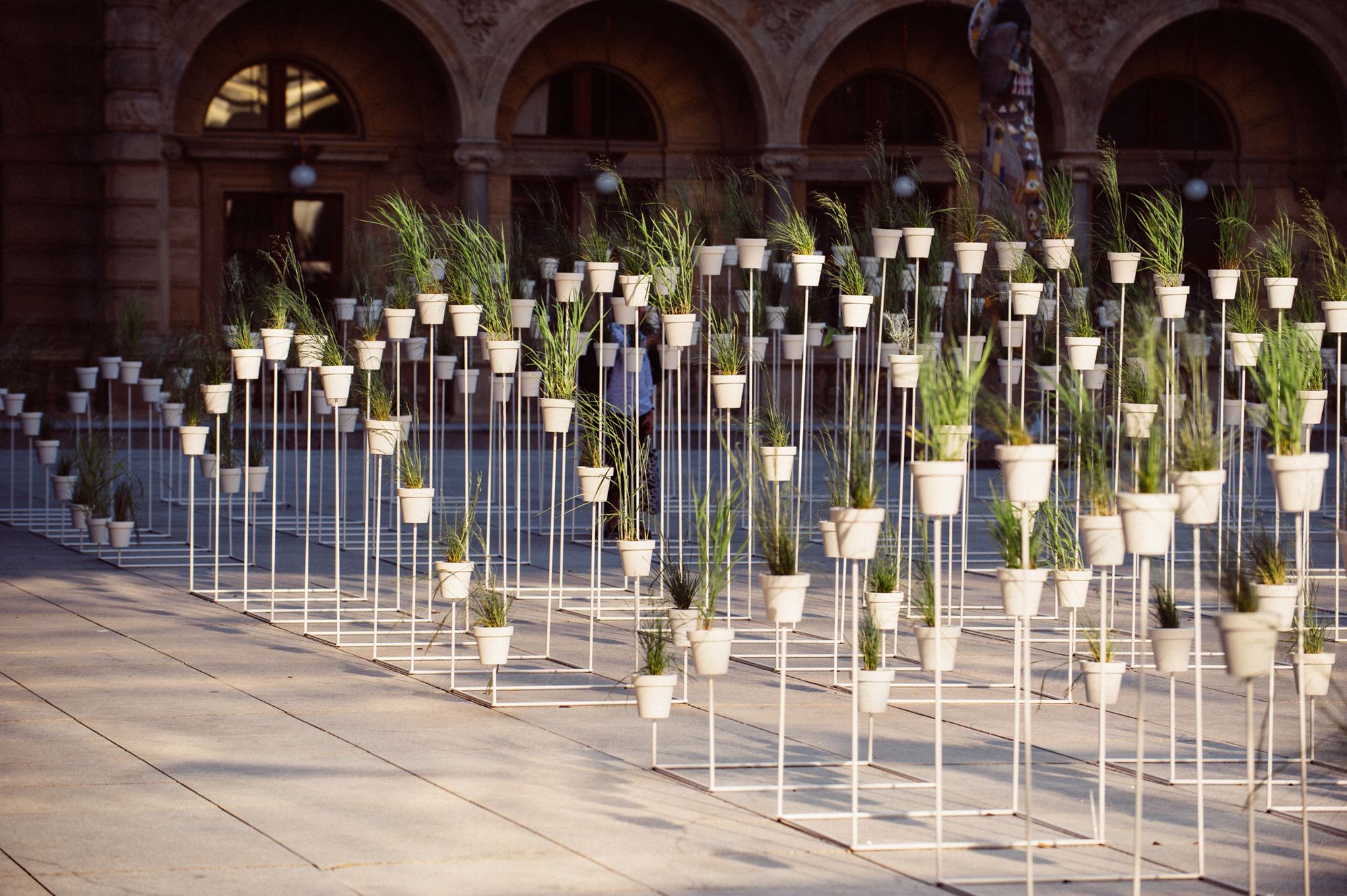
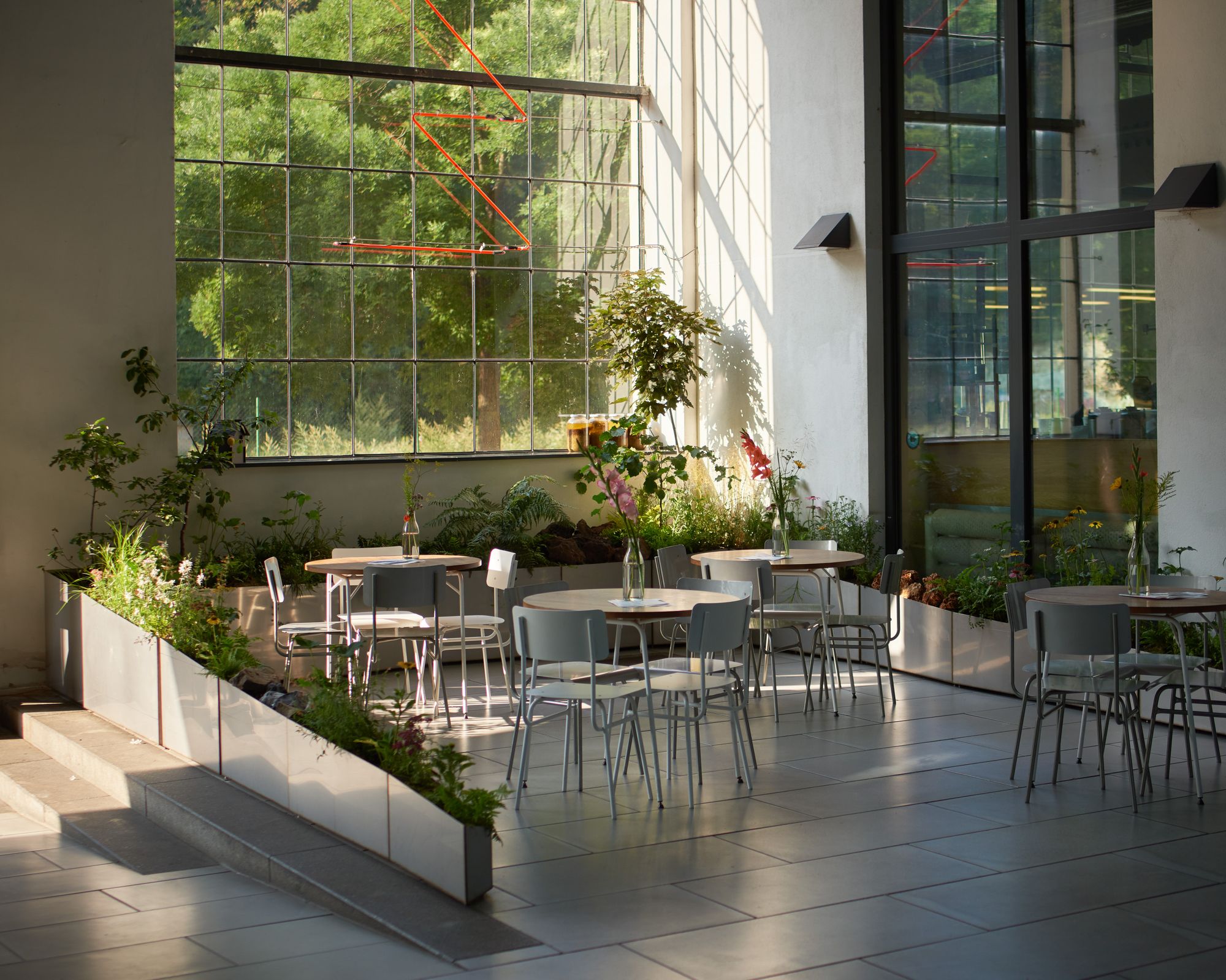
It’s very fashionable these days to make community gardens, and growing plants is becoming increasingly popular among young people. How do you see it? Are urban people starting to return to nature?
Growing your food or herbs in community gardens or taking care of plants in your home can only improve your relationship with nature while helping you achieve greater independence in your food choices or improving plant biodiversity in urban spaces. But the effort to live more in accordance with nature, to be more organic, eco-friendly, and sustainable, often results in more “greenwashing” while this is much more complicated. When it comes to human health, which is Haenke’s main field of interest, it's important to realize that more than two-thirds of all currently available medicine is based on or inspired by plants. But as incredible as they are, we shouldn’t think of plants as a cure-for-all to human health issues. This being said, there is a huge untapped potential in really meaningful collaboration between plants and people in fields like biodesign and medicine.
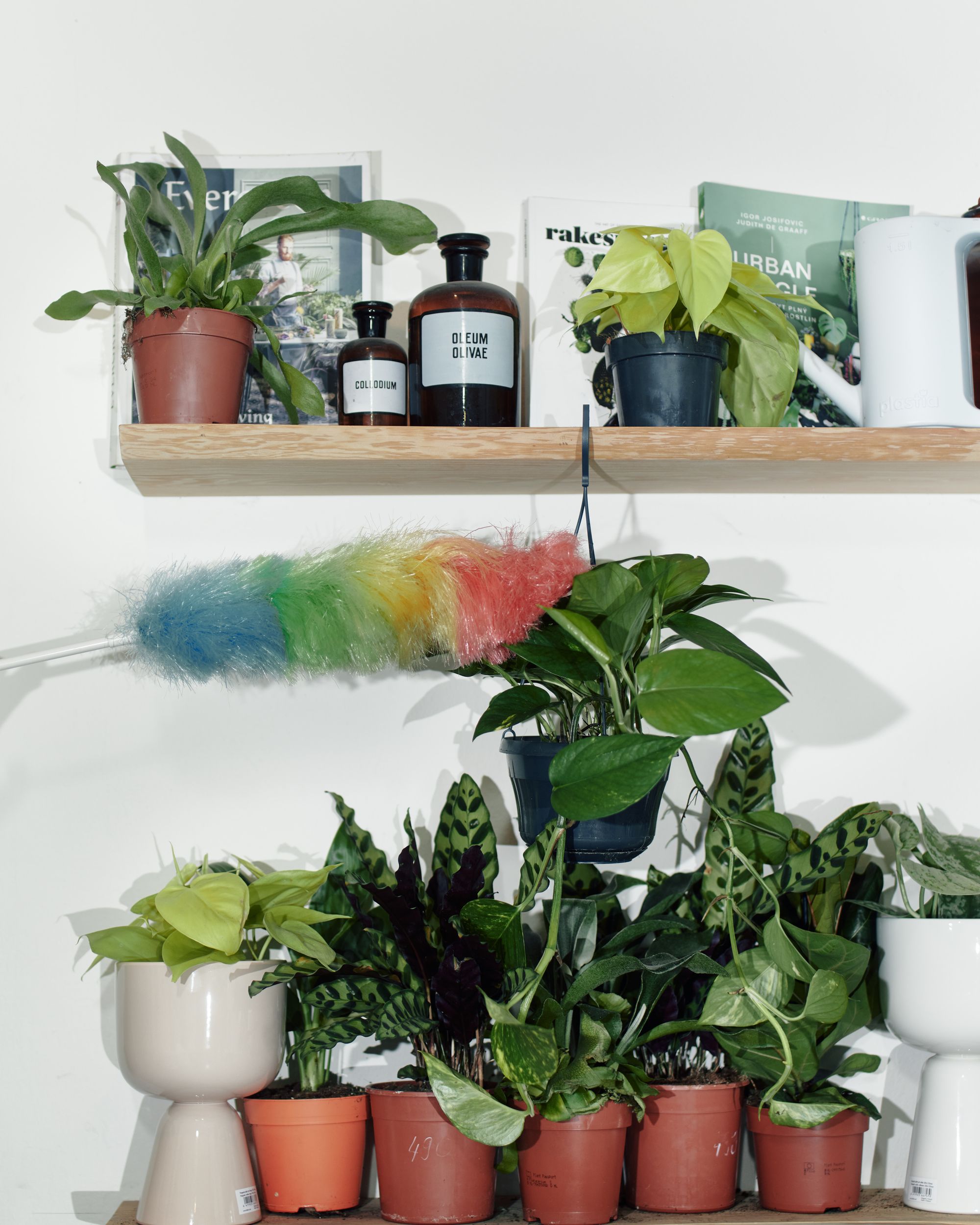
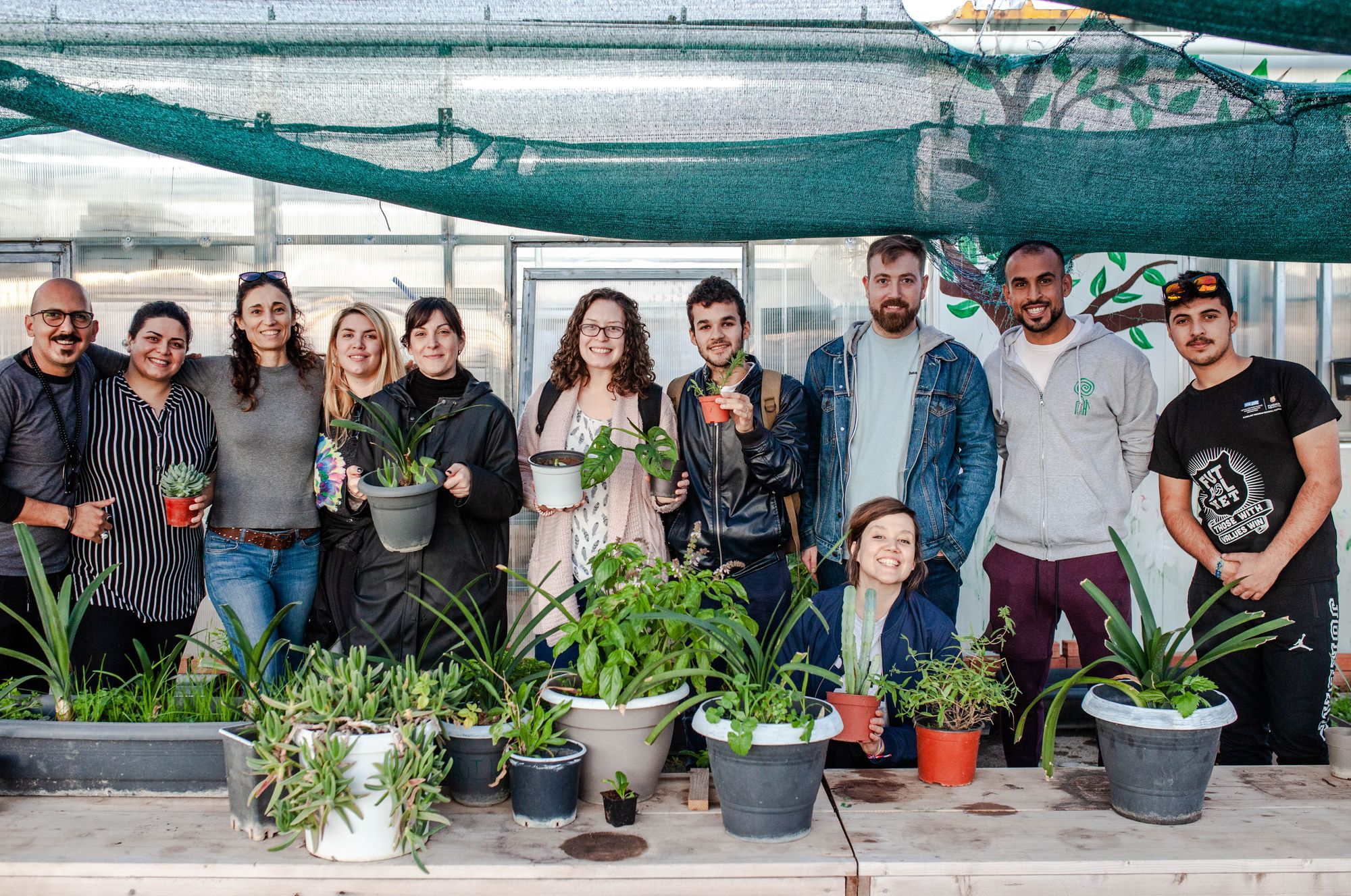
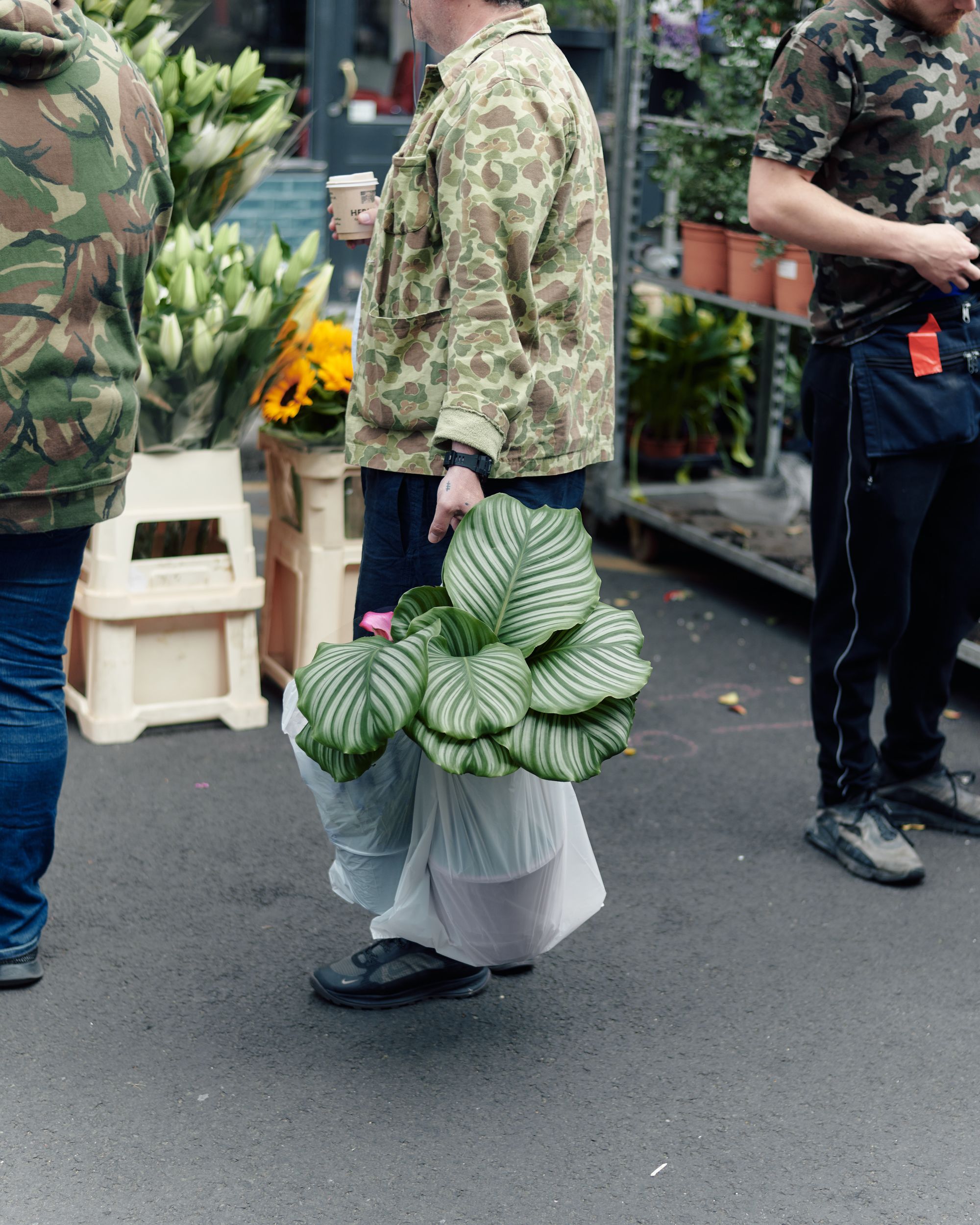
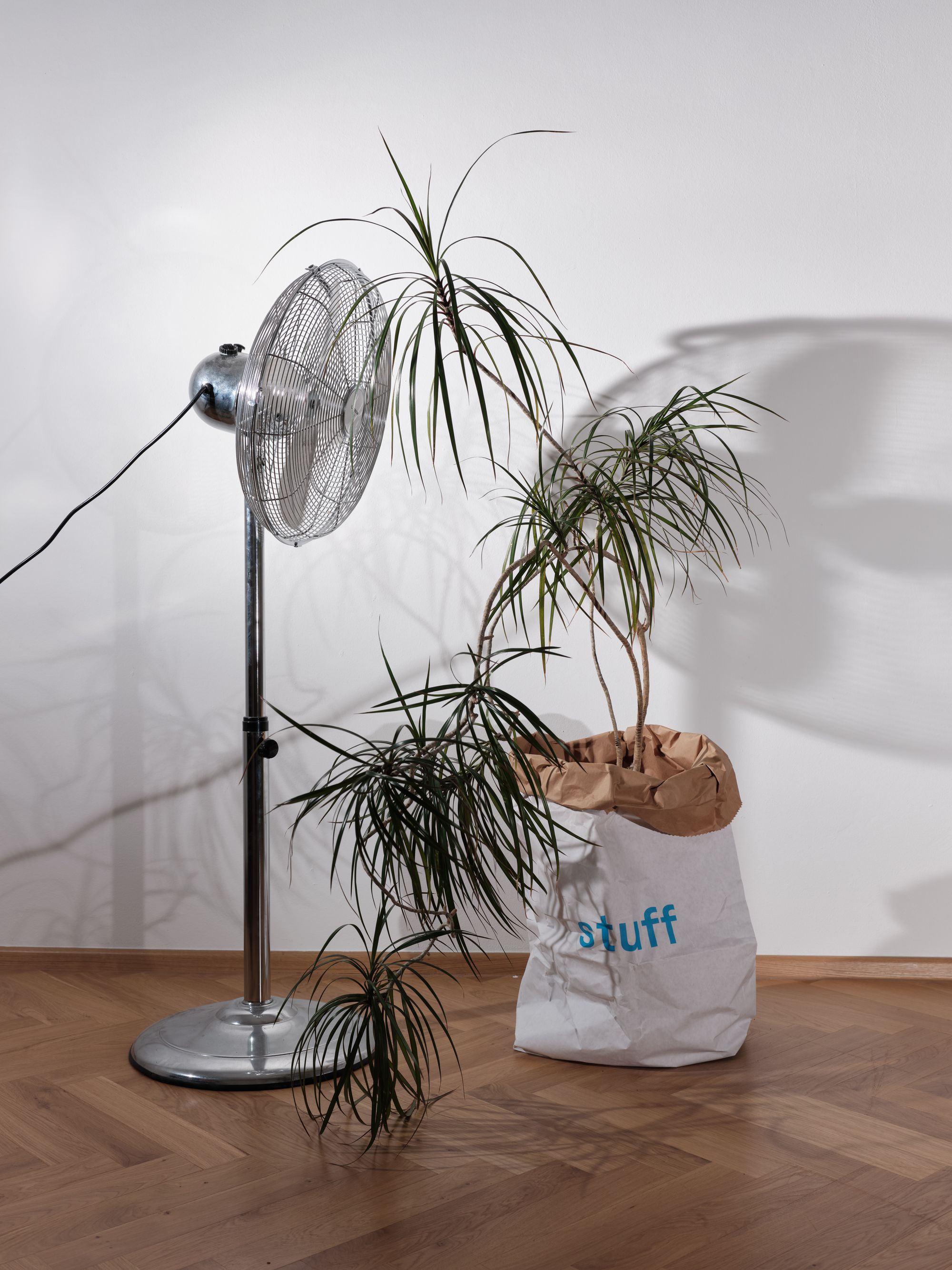
This year, you released your book Plantlovers. The invisible botany of urban spaces, which could be an important regional and global reference.
Our book focuses on our relationship with plants in our cities, and mainly on the phenomenon of interior plants in the past five years. Apart from the interviews that feature British journalist and author Alice Vincent, French curators and designers studio d-o-t-s, British design historian Penny Sparke and a host of Czech designers and creatives, it offers a critical reflection of the houseplant trend that has sprouted across Europe and the US in the last few years, questioning its sustainability as well as social, cultural and environmental implications. It provides a sneak peek into some of our projects from public space installations to community activities in nursing homes. We aimed to show people living in cities how important plants are on every level of urban life, and how crucial urban biodiversity will be in the years to come. One of our current projects aims at finding solutions that could help tackle the spread of vector-borne diseases such as malaria or yellow fever through the use of natural substances. We need to be prepared to deal with these issues, and arts, culture, and creative industries can help us find solutions and communicate them to the wider public. At least this is how we think about it.
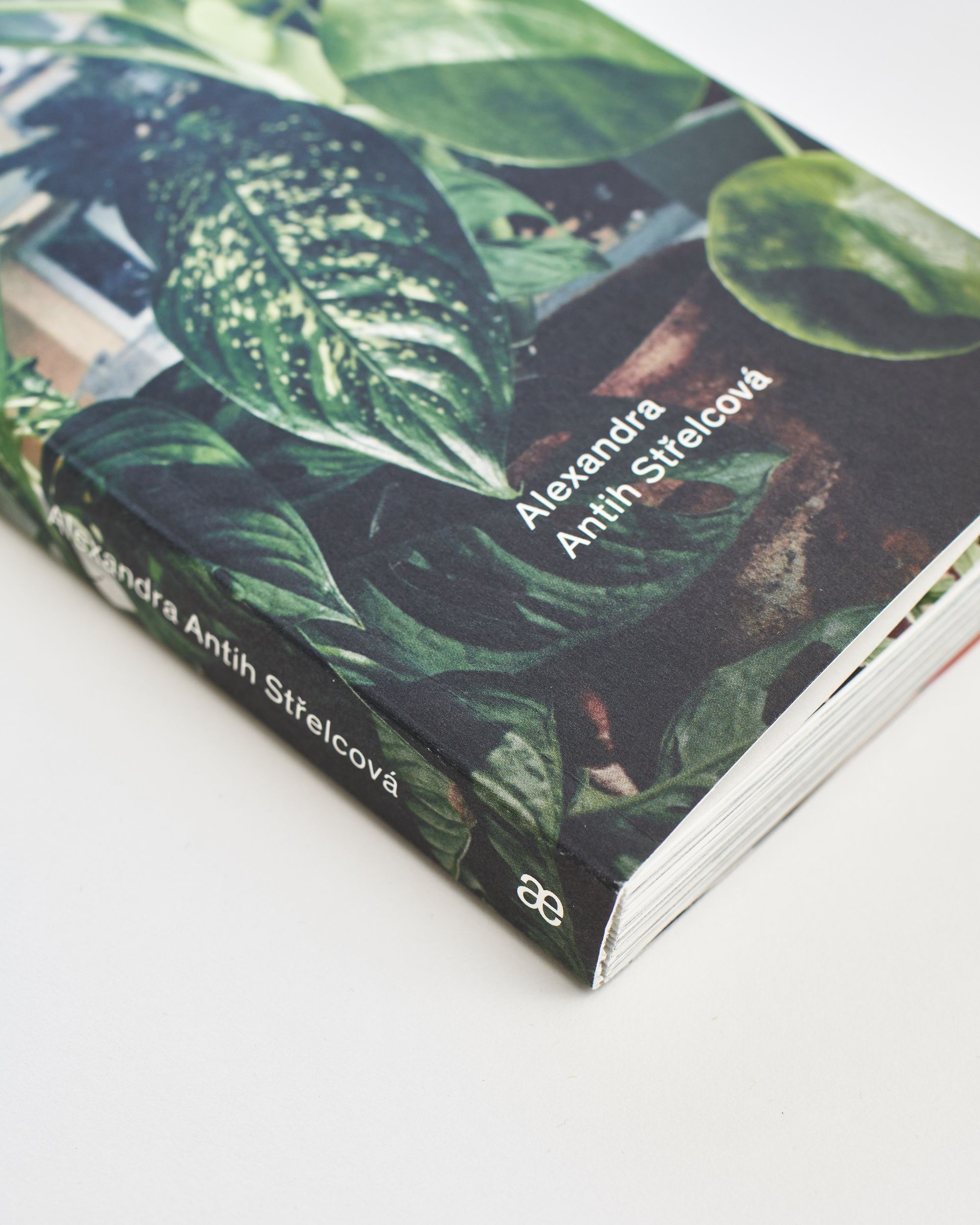


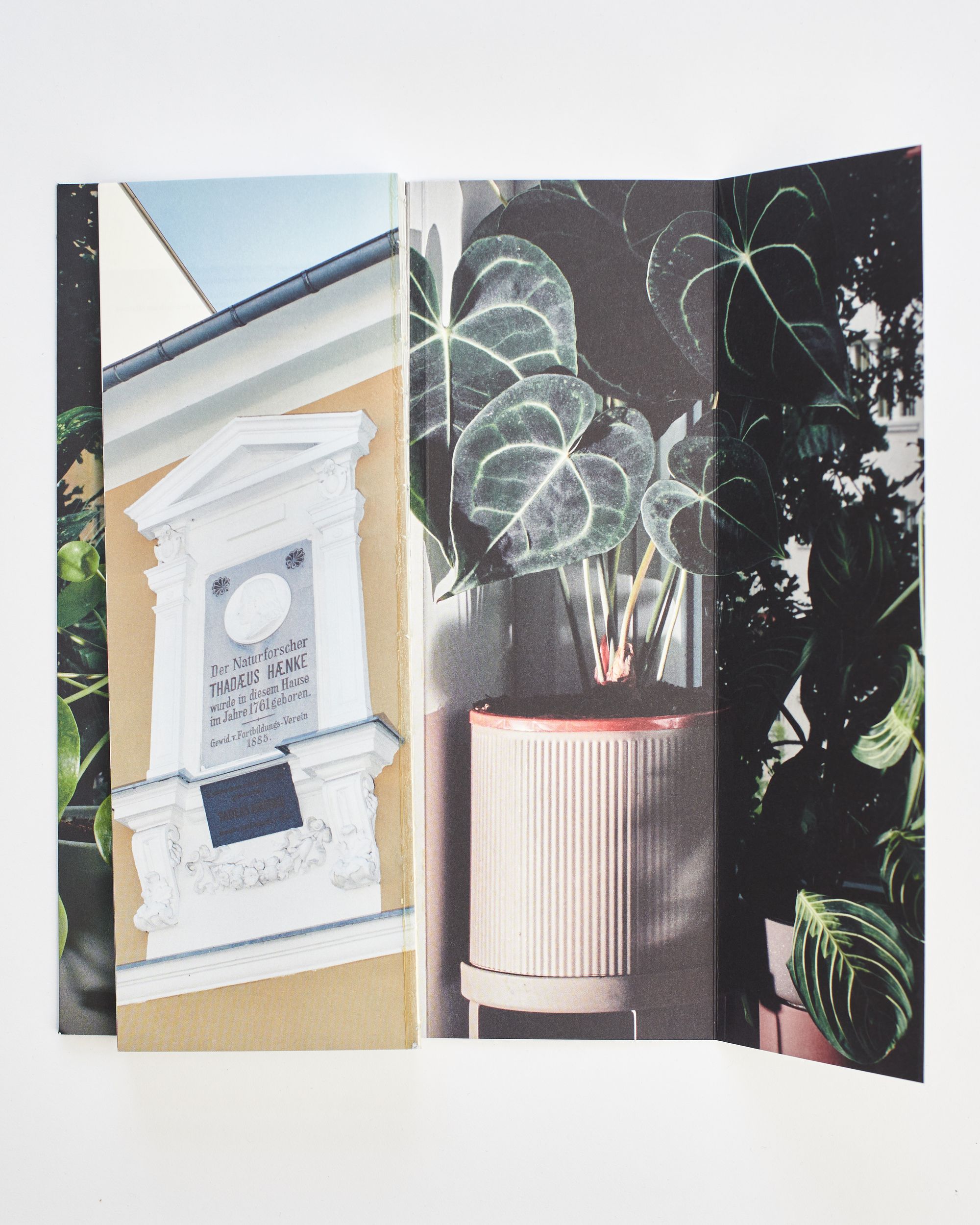
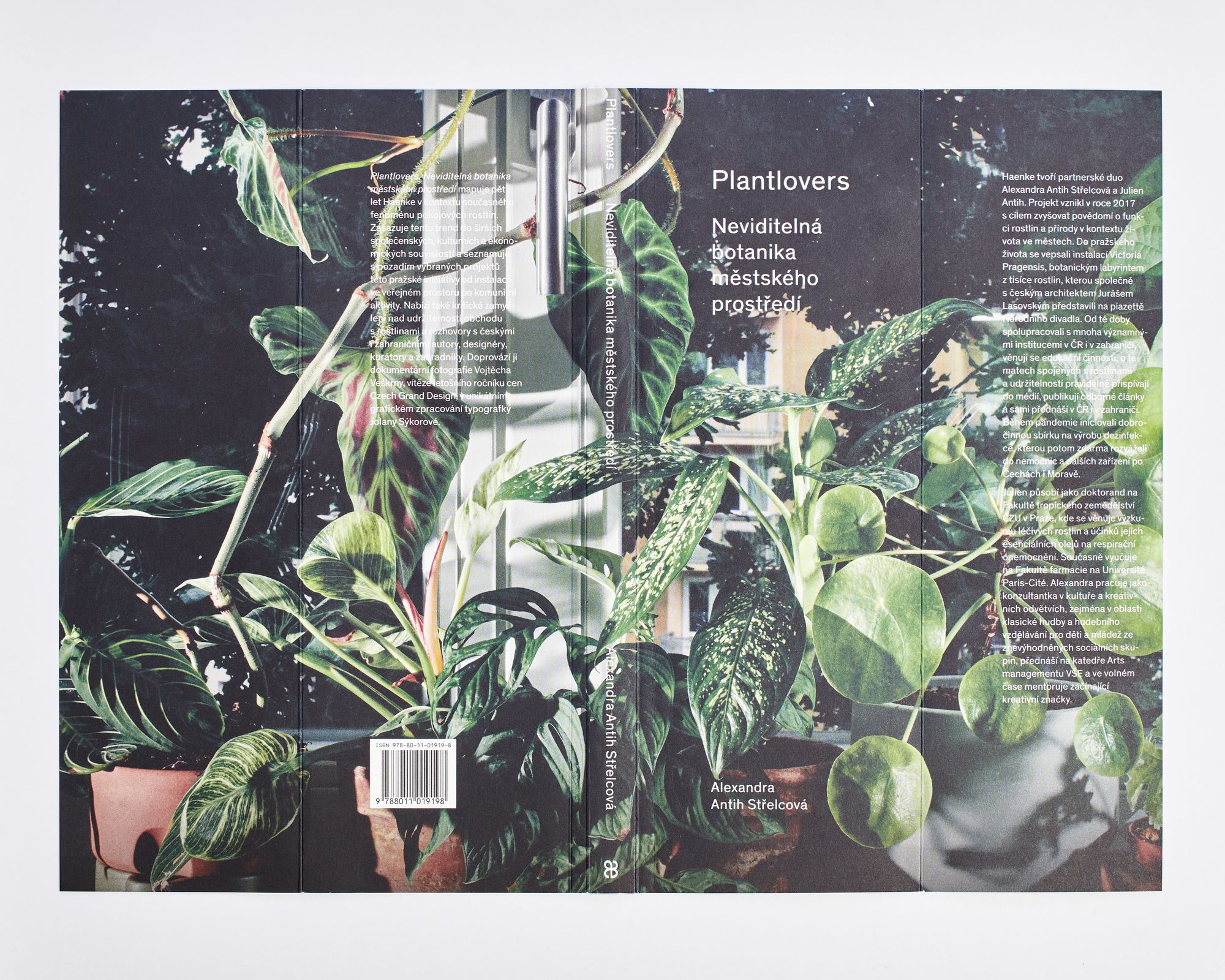
Photos: Vojtěch Veškrna

What challenges do the Western Balkans face?
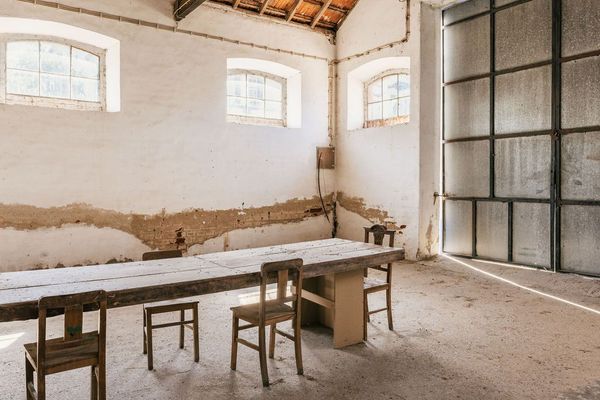
A former pasta factory awaits restoration in Portugal










